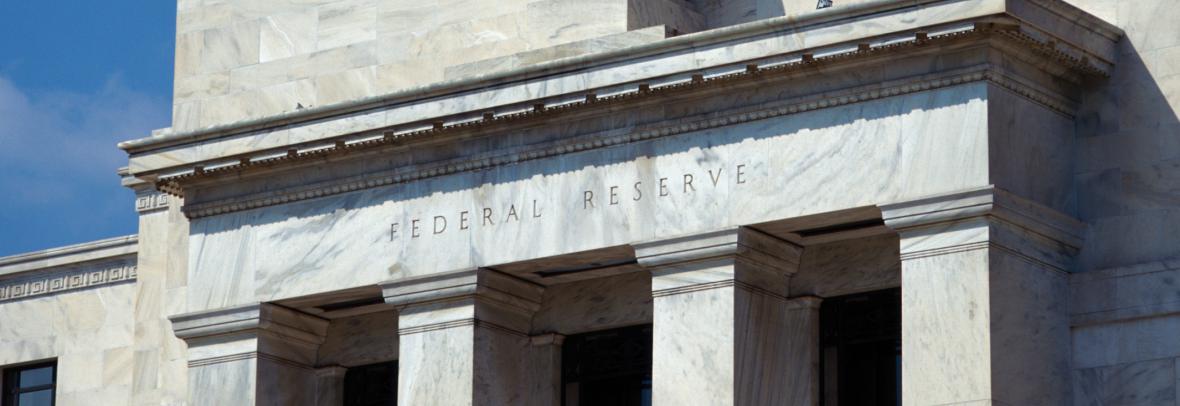
This 7th increase is smaller than the last four as signs point to easing inflation. By the end of 2023, the Fed forecasts the key short-term rate will reach 5% to 5.25%.
WASHINGTON (AP) – The Federal Reserve reinforced its inflation fight Wednesday by raising its key interest rate for the seventh time this year and signaling more hikes to come. But the Fed announced a smaller hike than it had in its past four meetings at a time when inflation is showing signs of easing.
The Fed boosted its benchmark rate a half-point to a range of 4.25% to 4.5%, its highest level in 15 years. Though smaller than its previous three-quarter-point hikes, the latest move will further heighten the costs of many consumer and business loans and the risk of a recession.
The policymakers also forecast that their key short-term rate will reach a range of 5% to 5.25% by the end of 2023. That suggests that the Fed is prepared to raise its benchmark rate by an additional three-quarters of a point and leave it there until the end of next year. Some economists had expected that they would project only an additional half-point increase.
The central bank’s latest rate hike was announced one day after an encouraging report showed that inflation in the United States slowed in November for a fifth straight month. The year-over-year increase of 7.1%, though still high, was sharply below a recent peak of 9.1% in June.
Fed officials have indicated that they see some evidence of progress in their drive to defeat the worst inflation bout in four decades and to bring inflation back down to their 2% annual target. The national average for a gallon of regular gas, for example, has tumbled from $5 in June to $3.21.
The six rate hikes the Fed has already imposed this year led to much costlier borrowing rates for consumers as well as companies, ranging from mortgages to auto and business loans. Worries have grown that the Fed is raising rates so much in its drive to curb inflation that it will trigger a recession next year.
How the Fed will slow a robust labor market to help bring down inflation could prove perilous. In previous remarks, Powell and other Fed officials have said they hope their rate hikes will slow consumer spending and job growth. Businesses would then remove many of their job openings, easing the demand for labor. With less competition for workers, wages could begin to grow more slowly.
Powell has even named a wage target: He regards annual pay growth at a rate of about 3.5% as compatible with 2% inflation. Right now, average pay is growing about 5%-6% a year.
Copyright © 2022 The Associated Press, Christopher Rugaber, AP economics writer. All rights reserved. This material may not be published, broadcast, rewritten or redistributed without permission.
Go to Source
Author: marlam



